By visiting these towns, you get the amazing opportunity to see every side of Estonia and experience the fascinating culture that runs through it.
Everyone has heard of Tallinn, Tartu and Pärnu, but there is so much more to discover in this small, yet fascinating country of Estonia than its largest cities. Here are four underrated towns that you should include in your travel plans while in Estonia.
Tõrva
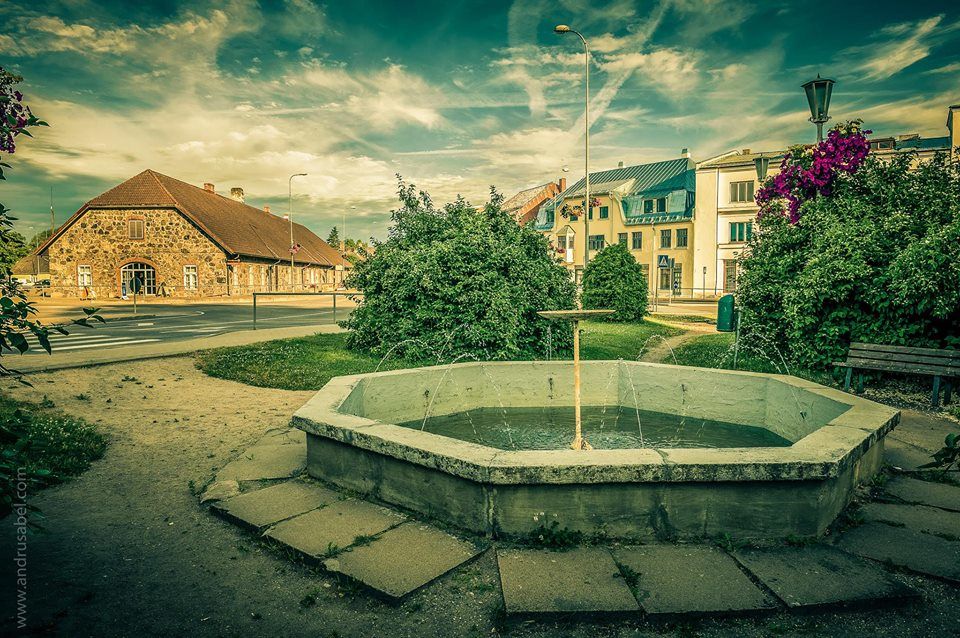
Tõrva is a small town located in Valga County, not far from the Latvian border. Tõrva has a population of only around 3,000 inhabitants – and despite being incredibly quiet and peaceful, this town is a very cultural and enjoyable place to visit.
Within the town limits are two incredible lakes – Riiska Lake and Vanamõisa Lake. In summer, Riiska Lake operates an exciting wakeboarding park called Tõrva Wakepoint, which has become rather popular among the youth.
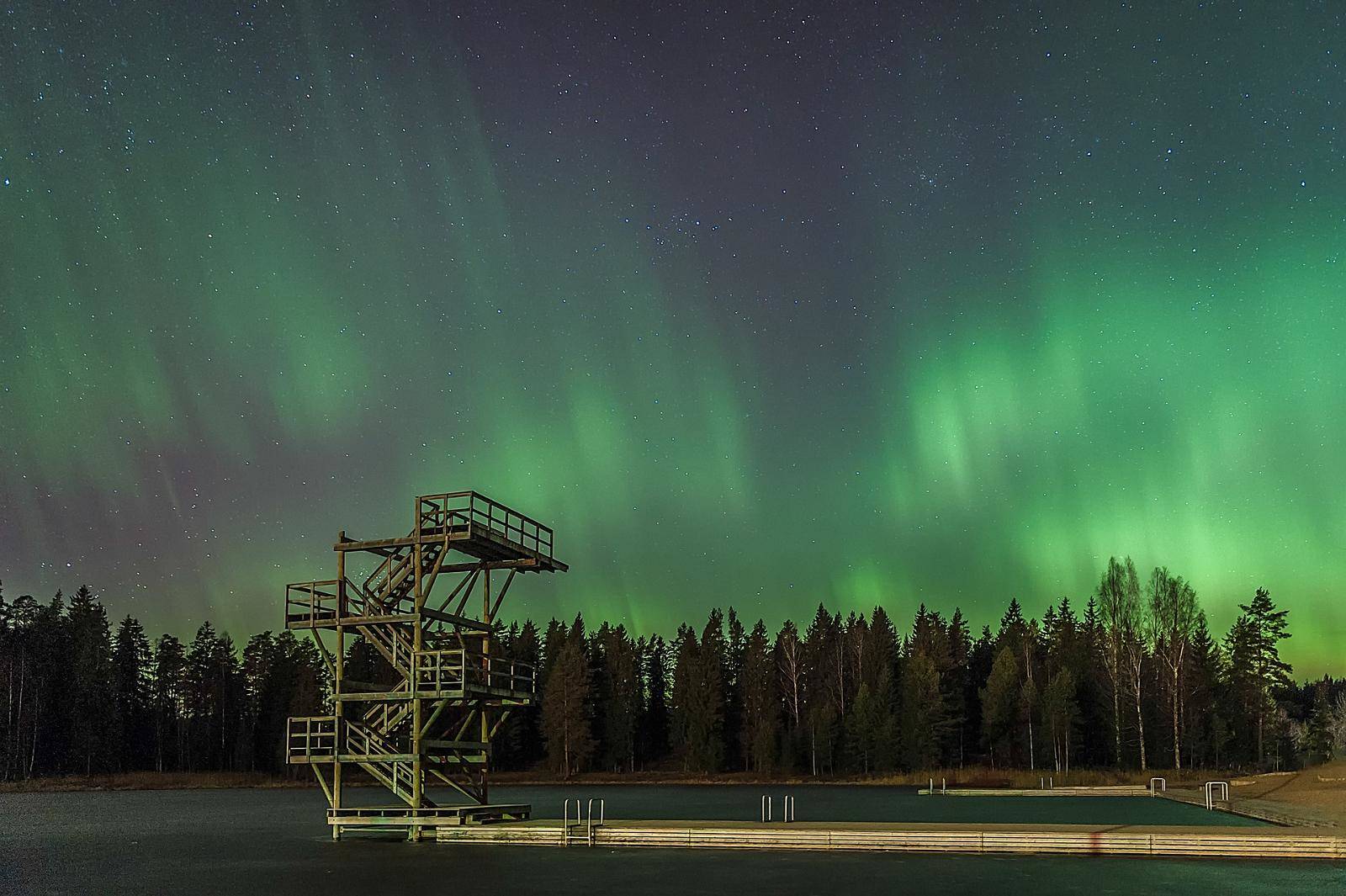
The second reason why people flock to Tõrva during the summer is because of the popular Tõrva Loits Festival. The festival combines Estonian culture, music, dance, special fire and water effects and is usually held next to one of the lakes.
Rakvere
Rakvere is located in Lääne-Viru County and is home to just over 15,000 residents. The town is most known for its culturally enriching medieval fortress, the Rakvere Ordulinnus. Originally built by the Danes in the 13th century, it is now open to visitors and is the town’s most famous tourist attraction. By visiting the fortress you can find yourself learning and taking part in workshops about medieval pottery, armoury, theatre and horse riding.
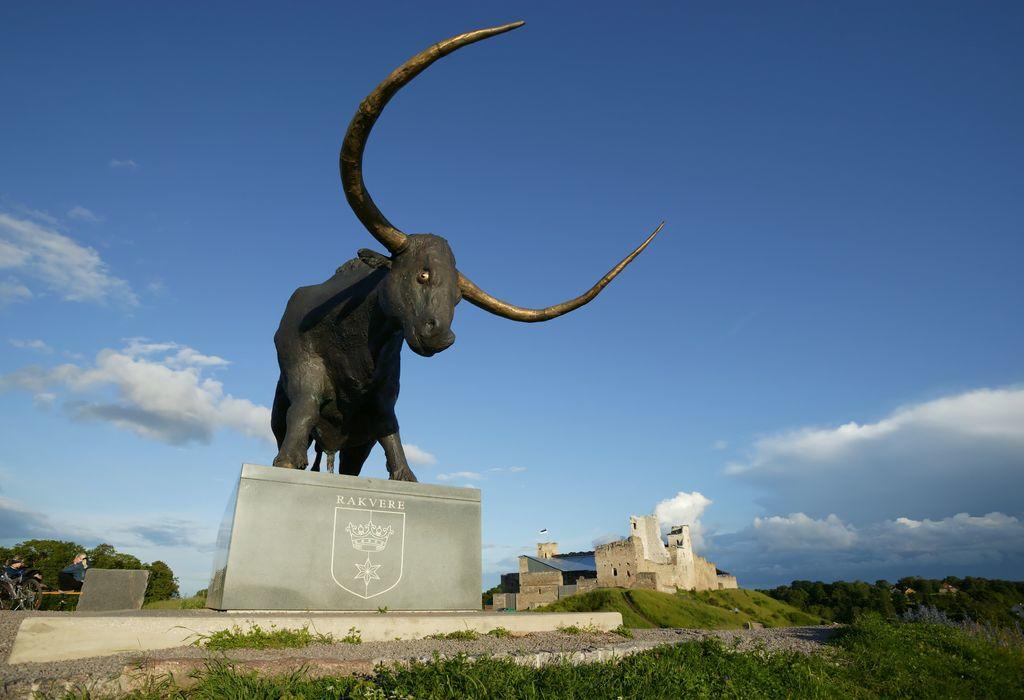
If you are looking for a more laid-back getaway, make sure to visit Rakvere’s Aqva Spa/Hotel. Making your stay magnificent is its swimming and recreational pools, massage treatments, saunas and a gym.
Haapsalu
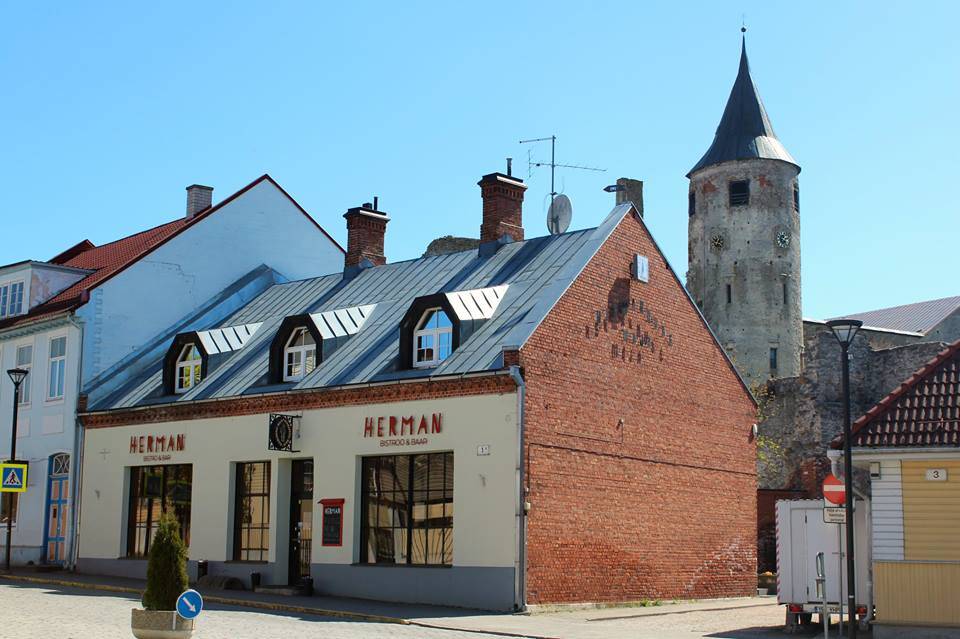
Haapsalu is the capital of Lääne County in western Estonia on the coast. As of 2016, there are over 10,000 people living in the town. Located only a two-hour drive away from the capital, Tallinn, Haapsalu hosts a romantic seaside promenade, with its lovely wooden architecture, ruins of a medieval fortress, and many international festivals.
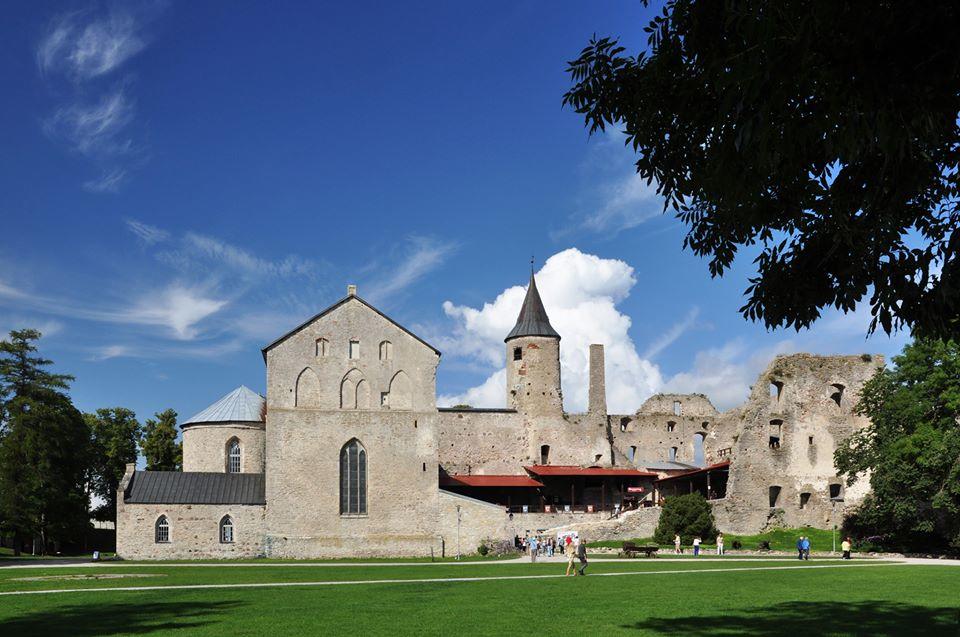
Every year in the summer, a play is put on by citizens of Haapsalu, which tells the story of the Lady in White – a medieval Estonian legend of a girl who was executed in the monastery. Also during the summer, the town hosts several enjoyable festivals such as the Haapsalu Horror and Fantasy Film Festival, the August Blues Festival and the Haapsalu Yoga Festival.
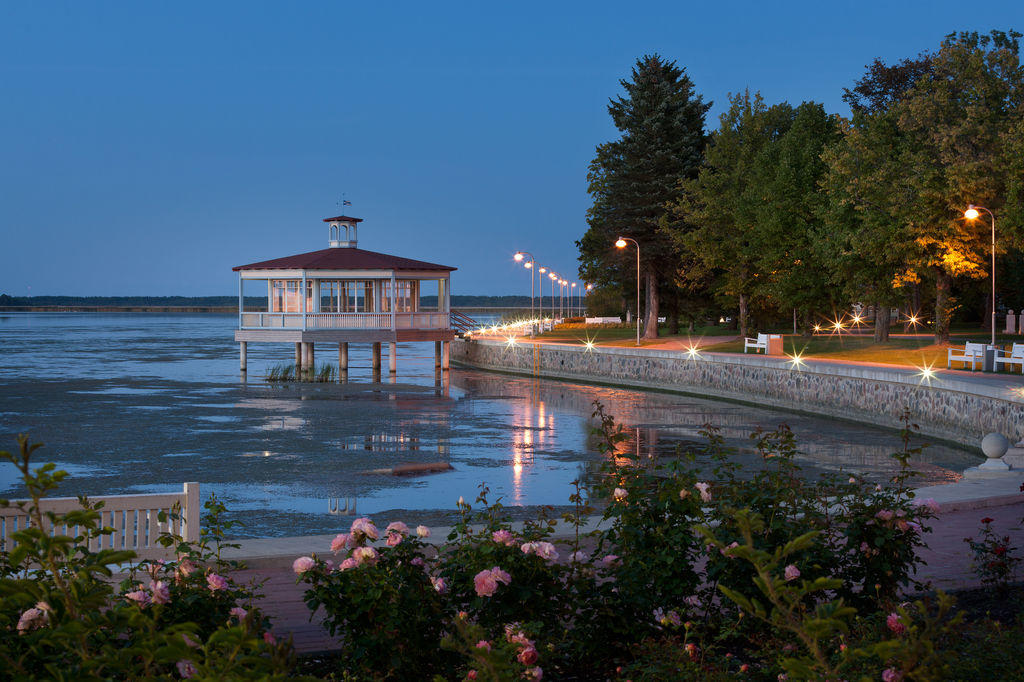
If you would just like to take a calm walk, Haapsalu welcomes you to its charming waterside promenade.
Võru
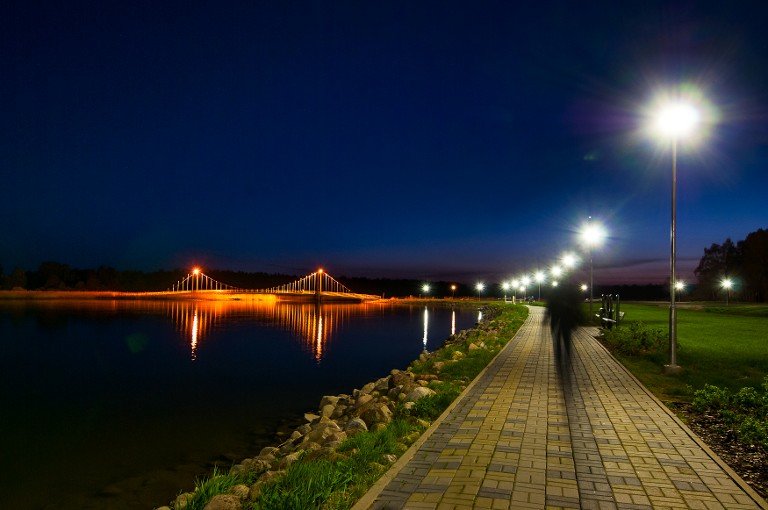
Võru is located in the southeastern county of Võrumaa. The population currently stands a little over 12,000. Võru is home to a delightful lakeside beach and an 800-metre (half-mile) promenade. What makes the town distinctive is the local dialect of the Estonian language the people of Võru and its surrounding areas speak – in fact, it is called the Võro language.
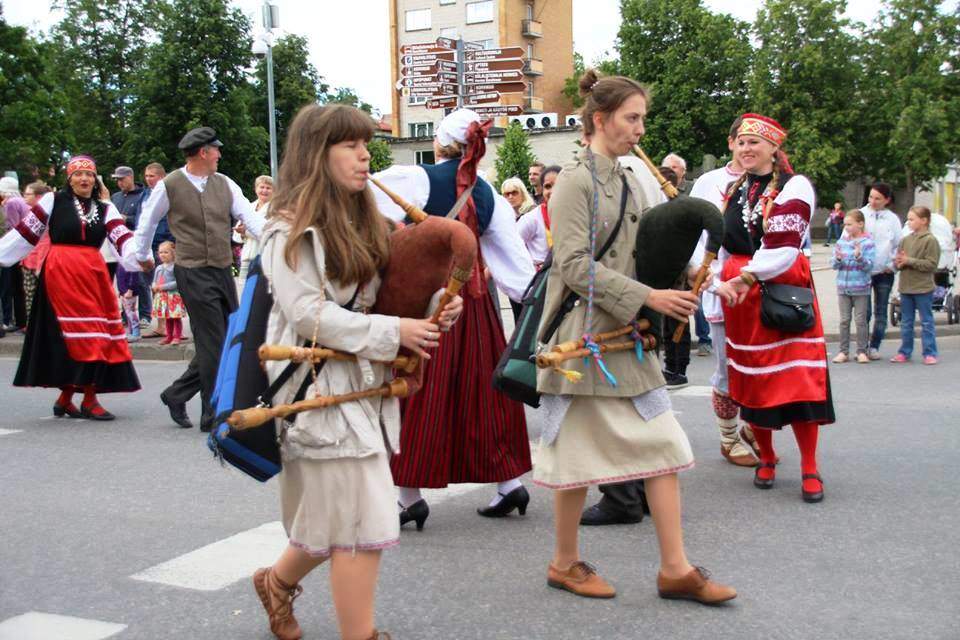
By visiting Võru you can learn more about the eye-opening local culture. The annual Võru Folklore Festival, taking place in early July, is one of the biggest folk festivals in Estonia. If you are a fan of history, the Fr.R. Kreutzwald Memorial Museum is recommended. The museum features the home of Friedrich Reinhold Kreutzwald (1803-1882), a physician and the founder of Estonian national literature. Or if you would like to learn about the local culture, visit the Võru Culture Centre Kannel.

The four named towns are all located in different areas of Estonia, so not only will you have the chance to see the towns but also the calming countryside when driving or taking a train. Escape the big cities and come take a look at some of Estonia’s smaller and equally valuable hidden treasures.
I
Cover: Sunset in Haapsalu promenade (photo by Olev Mihkelmaa/courtesy of Haapsalu.)

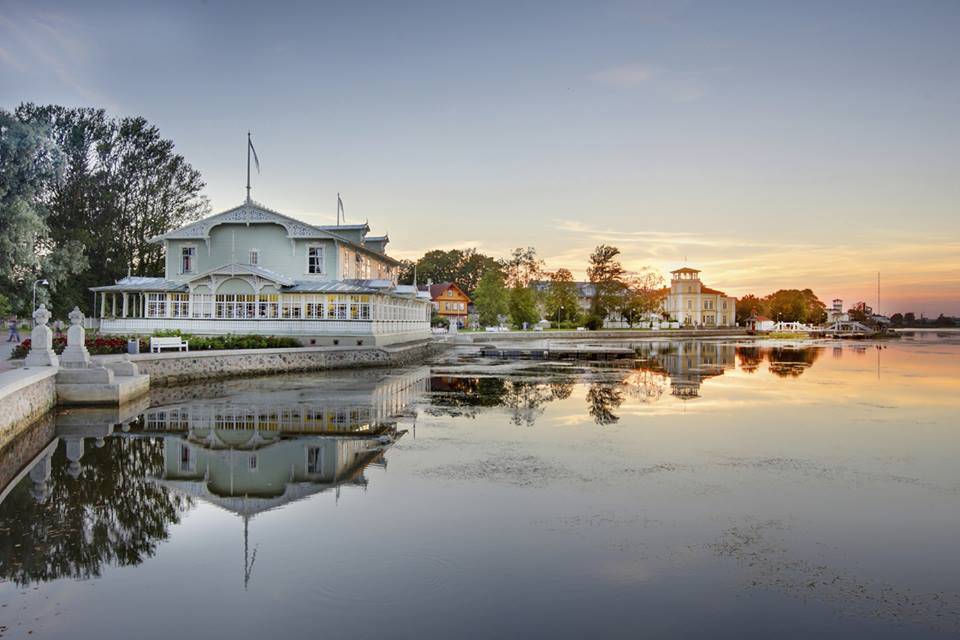

brilliant, we re coming to Estonia next week to our house in Adraku, it is the first time all of our 5 children and mother and father in law will be together in Estonia, a truly beautiful country, will look forward to visit some of these towns, thank you
Nice article, didn’t really know about these places.
Oh mais on reconnaît de beaux villages!
Just visited my mother’s homeland. I’m adding these areas to my list of things to see and do in Eesti!
I enjoyed three of them and can really recommend them all, Võru will be the next one to close the gap.
I was in Rakvere and Haapsalu in 2007 – really enjoyed both of them.
It’s so great to see these towns put back to something close to what they looked like before the Soviet invasion. They were so sadly run down and poor when I visited back in 1990.
Year in and year out and I’m impressed how no-one acknowledges Karksi-Nuia. It has the most beautiful entrance of any city in Estonia – at the very least.
First off, I commend the 15 year old Aari Helmelaid for a well written article.
A few points :
That’s not what Rakvere is known for!
It’s famous for what the Americans call “meat packing” or what the British choose to ignore in the process between farm animals and your eating hot dogs.
In a sense, Rakvere is one of the great successes of post Soviet industrial reform.
Haapsalu is the jumping off point for the Estonian island of Hiiumaa. It is the former centre of Swedish Estonian life and still has a school teaching the Swedish language.
It is awaiting re-connection to the Estonian rail system.
Tõrva is a remarkable place. Small enough that it was due to lose its local Swedbank branch. Yet, it has one of the best rock clubs in Estonia, Pubi Juudas.
Great for open air music events and it possesses an impossibly pretty town beach.
My local town Võru is neat and tidy and undramatic unlike its fascinating but down at heel Livonian rival Valga.
Võru should have passenger rail service but is denied such by politics. It is easily accessible by frequent luxury buses from Tartu.
The town has an impossibly good nightclub scene. Besides the standard post Soviet disco clubs, it now has a superior “ruin” club, both the upstairs Stedingu and the kelder below on Kreutzwaldi str., worthy of Prague or Budapest.
For the younger folk, Võru now boasts a world class skate park hosting kids on razor scooters, skateboards, bmx bikes and in line skates. Bring a helmet! Oh, it’s TASUTA. Free of charge for heaps of fun.